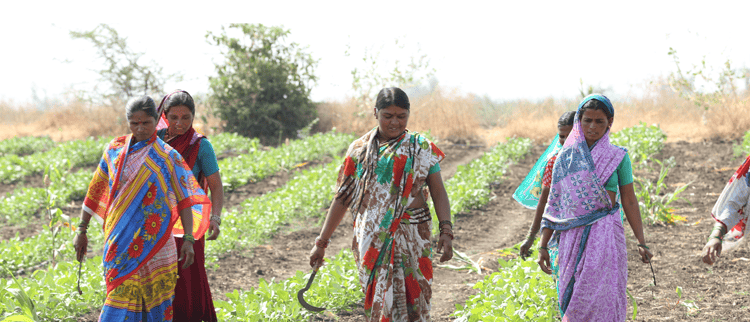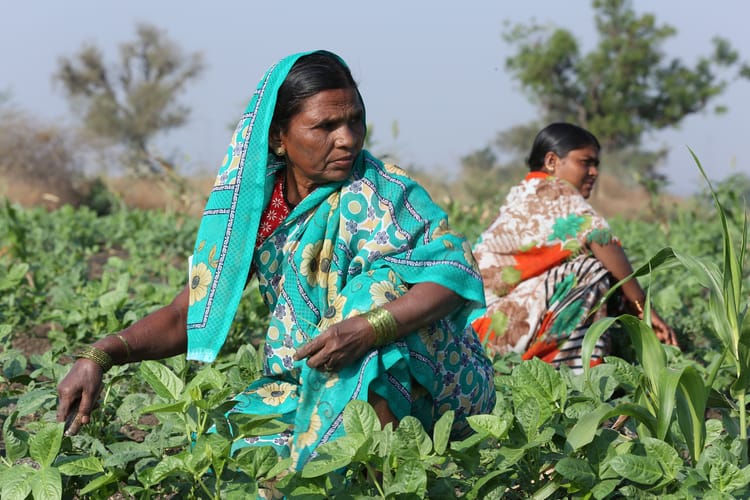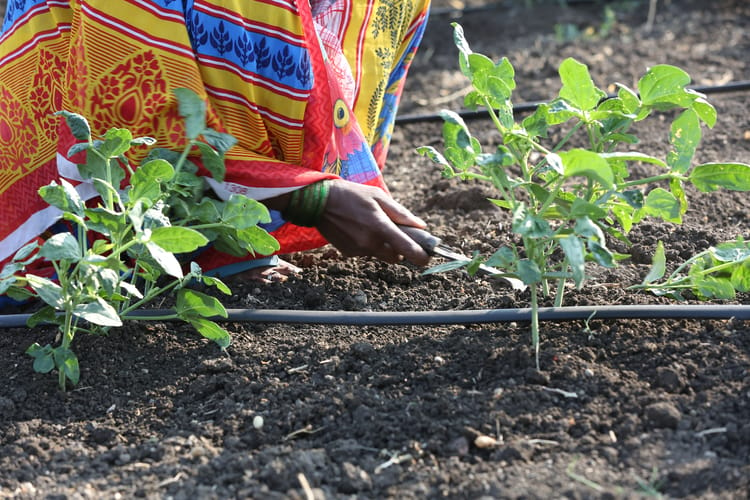Empowering women in developing countries with Agritech
In developing countries, women bear the brunt of every load. Literally. They birth and raise their children, are responsible for the home, its cleanliness and provisions, and head out to the fields to earn their families’ daily wages. Yet, although women make up nearly halfof the agricultural labor force in these countries, they tend to have lower rates of land ownership than men, as well as less access to lines of credit, markets and technology, leading them to generate 20% to 30% lower yields than their male counterparts.
It’s hard to imagine significant change in the female farmer’s life, when her days are filled with schlepping brimming buckets of water from the river to the fields. UC Davis researchers estimate that they haul upwards of 1,300 pounds of water per day — even more during very dry seasons — to grow 100 square meters of vegetables when watering crops by hand. And that’s assuming luck is their lady and there’s any water to carry at all.
In areas like Nepal, India and Sub Saharan Africa, the rain used to make or break a woman and her ability to work and provide by watering crops. Without rain, money spent on seeds, fertilizer and labor returned no yields, pushing the farmers further off the road toward economic empowerment.
But the introduction of simple-to-implement technologies can change this reality, drastically. And guess what? It’s already being done in many places around the world.



